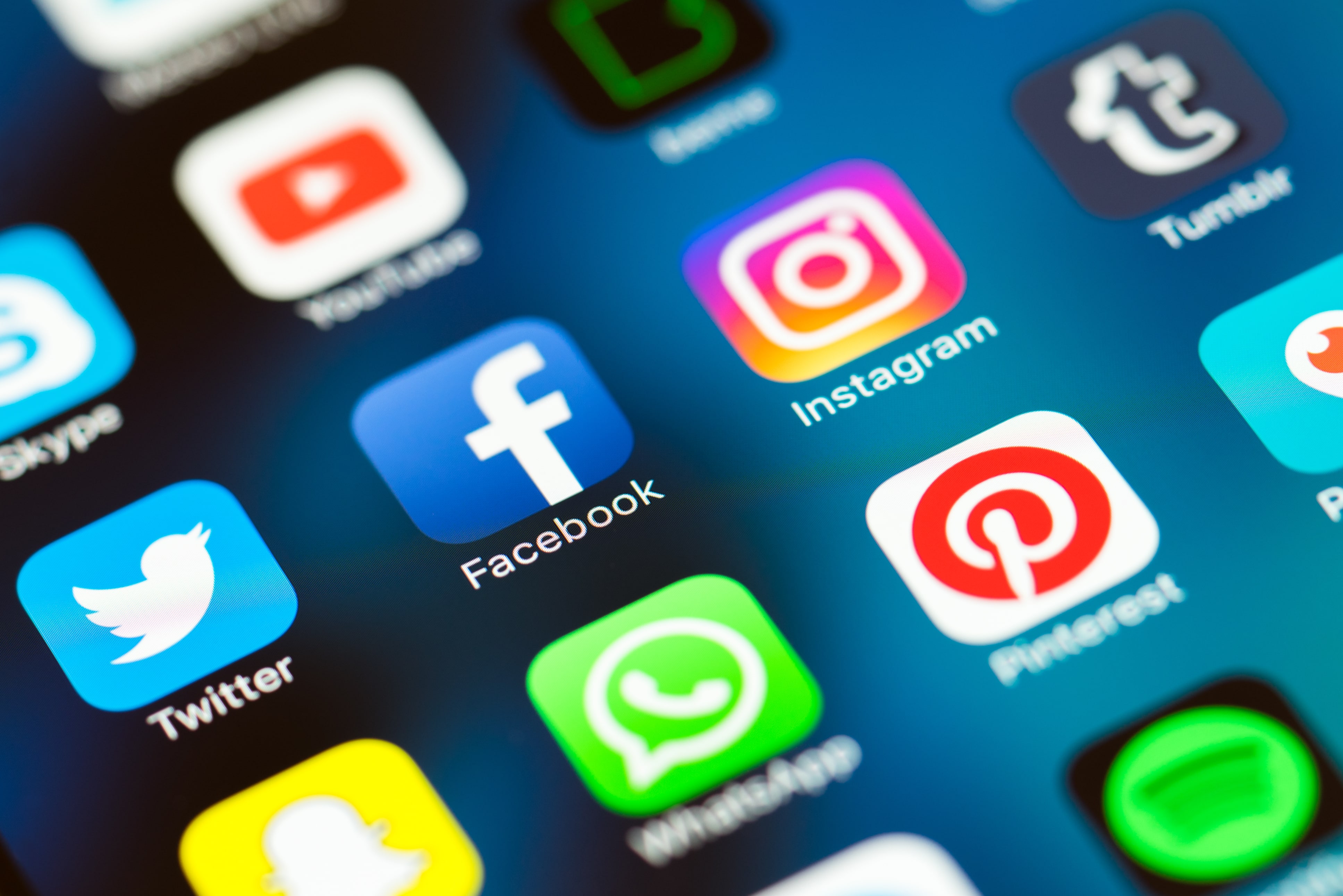Instant messaging (IM) and SMS messaging are very similar. However, the only difference is that IM occurs over the internet, whereas SMS takes place over cellular service.
SMS messages came first on the timeline of messaging. The first SMS message was sent on December 3, 1992. It was sent by Neil Papworth, a 22-year-old engineer from the UK. His first message was "Merry Christmas" via the Vodafone network. The message was sent to colleague Richard Jarvis, who was the director of Vodafone.One year after the first SMS message, Nokia released the first cellphone with SMS messaging capability. At that time, the only way to send SMS messages through Nokia, was across the same network (i.e., Verizon to Verizon). 1999 was the first year that messages could be sent across rival servers (i.e., Verizon to AT&T).
Due to a 160-character limit per message, slang started to emerge. However, the character limit did not stop messaging from becoming a hit. By February of 2001, around one billion messages were being sent each month. In the UK, each message cost 10 pence, generating about £100 million per month.By 2010, the International Telecommunications Union reported that 200,000 text messages were being sent each minute. Today, over 16 million texts are being sent per minute, and 560 billion are being sent per month, not including any app-to-app messages.
In terms of IM, it all emerged in 1997, AOL Instant Messenger (AIM) was born. AIM used OSCAR instant messaging and TOC protocols to allow real-time communication. Shortly after the launch of AIM, Yahoo! released its first messaging system in 1998 called Yahoo! Pager. To follow, Microsoft released MSN messenger in 1999, which was renamed in 2005 to Windows Live Messenger, which included photo sharing, social network integration, and games in addition of the new name.
Social media started to get involved when MySpace was introduced in 2005, followed with MySpaceIM in 2006. Twitter also allowed direct messages in 2006. Facebook was slow to the draw releasing Facebook Chat in 2008, which was changed in 2011 to what we now know as Messenger.After Facebook, WhatsApp was created in 2009, but was bought out by Facebook in 2014. The most common social medias that we know now started to jump on the IM train starting in 2010 with Instagram and Snapchat. Instagram also added the voice and audio in 2014.
Today, most people cannot survive without the ability to text, let alone their phone. Without Neil Papworth, SMS messaging wouldn't have been possible, and without AOL pioneering the instant message, social media would most likely be impossible.
Teenagers now, cannot seem to live without social media or technology. Gen-Z grew up while social media and technology was on the rise, so as it was being introduced to our parents, we were being exposed to it as well. I may have not been born while the iPad was booming, but my LeapFrog changed my childhood. I wouldnt have learned my vowels as easy without technology. Now, in college, my priorities are no longer learning my vowels, but sending my family that "I love you:" text when I miss them. Without these huge innovations, those messages would have never been possible.


No comments:
Post a Comment